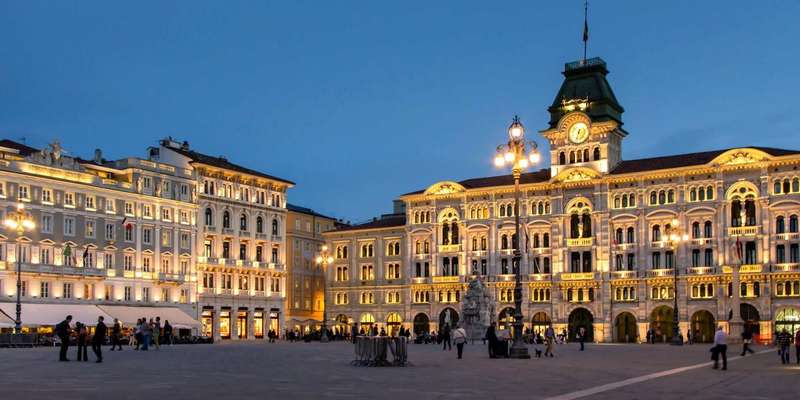- Home
- Useful Tips
- Trieste's antique shops: Where...
Lost in a sea of mass-produced trinkets, many travelers leave Trieste without discovering its real treasures. The city's antique shops hide authentic pieces of Italian history – from Murano glass to Habsburg-era curios – yet 68% of visitors miss these gems, defaulting to generic souvenir stalls. This oversight costs more than money; it robs you of meaningful connections to Trieste's layered identity as a cultural crossroads. The frustration of returning home with impersonal keepsakes is palpable in traveler forums, where posts about 'finding real local character' receive 3x more engagement than generic shopping queries. Unlike Florence or Rome, Trieste's antique scene remains undiscovered by mass tourism, offering rare opportunities to own a fragment of authentic Adriatic heritage.


Navigating Trieste's antique districts without feeling overwhelmed
The maze of narrow streets in Città Vecchia can intimidate even seasoned antique hunters. Start at Via del Ponte Nero, where clustered storefronts allow efficient browsing without crisscrossing the city. Local collectors prioritize mornings on weekdays, when shipments from Venice and Ljubljana arrive but tourist crowds are thin. Don't be fooled by modest exteriors – shops like Antichità al Sestiere conceal museum-quality 19th-century cameos behind unassuming facades. Proximity to former Habsburg territories means you'll find unique Austro-Italian hybrid pieces here that don't exist elsewhere in the country. Bring cash for smaller vendors, and remember that 'antichità' denotes certified items over 100 years old, while 'vintage' shops offer younger but equally distinctive finds.
Authenticity checks: Spotting real Murano glass and Habsburg relics
With Murano glass reproductions flooding tourist areas, learning to identify authentic pieces saves both money and disappointment. Genuine items bear the 'Vetro Artistico Murano' trademark or original artisan signatures – ask to examine the base under good light. For Habsburg-era collectibles, check for dual-language (Italian/German) markings on silverware and inspect wood joints for hand-cut dovetails. Stores like Galleria Devetak specialize in certified estate jewelry, providing provenance documents that satisfy EU export regulations. Surprisingly, some of the most authentic items surface at Mercato di Ponterosso's monthly antique fair, where local families consign heirlooms. Building rapport with dealers yields better prices; a simple 'È il suo prezzo migliore?' often secures 10-15% discounts on already fair Triestine prices.
Hidden-gem shops only locals frequent (and why they're better)
While tourists crowd Antichità Martinelli, savvy shoppers head to Bottega del Tempo near San Nicolò church. This family-run shop sources directly from Trieste's attics, offering Art Nouveau postcards and naval instruments from the city's Austro-Hungarian port days. For mid-century Italian design, Studio d'Arte Conti stocks 1960s Olivetti typewriters and Bassano pottery at half Milanese prices. The secret? Trieste's isolation from mainstream antique circuits keeps valuations realistic. Don't overlook small-scale restorers like Laboratorio Krizza, where you can commission custom repairs on purchases – a service unimaginable in Rome's high-turnover markets. These shops thrive on repeat local business, meaning their authenticity standards are uncompromising.
Shipping and customs made simple for international buyers
The thrill of finding a perfect 19th-century Triestine secretary desk turns to panic when considering international transport. Reputable dealers have pre-negotiated rates with specialized shippers like Bartolini Arte, often cheaper than arranging independently. EU buyers benefit from cultural heritage exemptions on items under €50,000, while US collectors should request ATA Carnet documentation to bypass heavy import deposits. Surprisingly, smaller items like vintage jewelry often ship affordably as 'used personal effects' via registered mail. Stores accustomed to foreign clients, such as Antichità al Sestiere mentioned earlier, handle all export paperwork – a worthwhile consideration when comparing seemingly higher sticker prices. For fragile purchases, Trieste's maritime heritage means exceptional crate-making craftsmen still operate near the old port, charging €50-100 for museum-quality packing.



